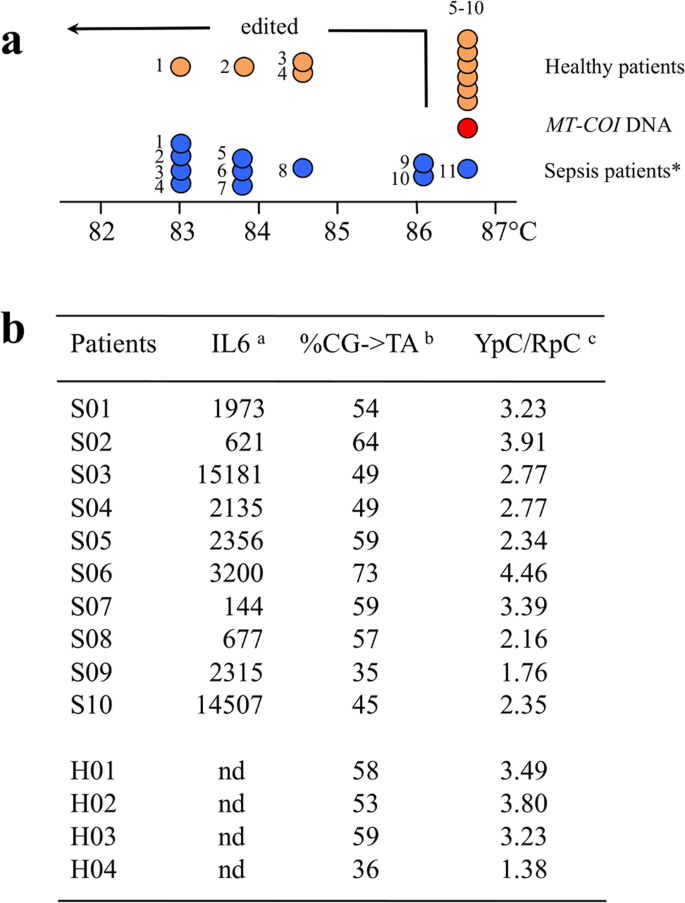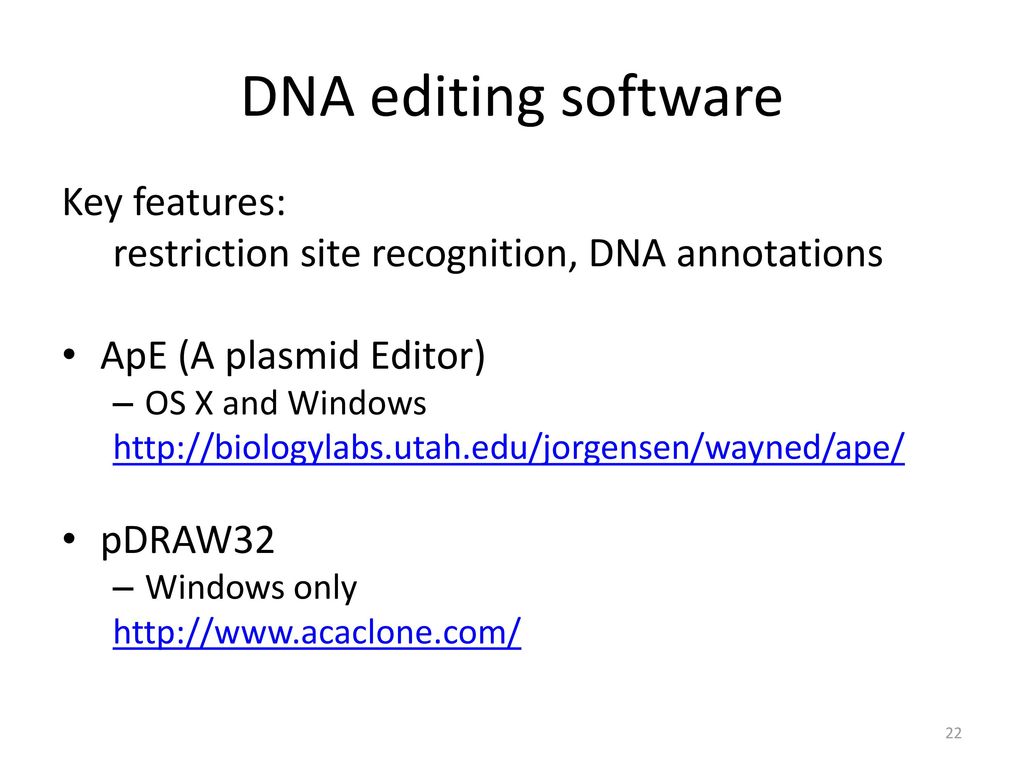
Below is a description of how I go about making my plasmid maps.
APE DNA EDITOR SOFTWARE
To do so I use a freely available software called ‘A plasmid editor’ or ApE. Research on the power of DNA should be expanded to assist courts with similar decisions in the future.Since I prefer to clone my riboprobes, rather than amplifying them every time from cDNA, I have to making in silico maps of the constructs first. Research on jurors' use of DNA evidence may not speak directly to the legal questions before the court, but it could inform the court's decision about the power of the DNA evidence, how the errors in its presentation may have affected the jury and the importance of the report highlighting these errors. This research indicates that the court should be concerned about the errors identified in the supplemental report. In this case, the expert did not note this chance of error, and at least one of the other suspects was the defendant's sibling. Research also indicates that when DNA evidence is presented without noting the chances that a match could be in error (one of the reasons for error is a likely match with another suspect or blood relative) jurors view it as more credible and are more likely to come to a guilty verdict. Even without committing the "prosecutor's fallacy" by conflating random match chance with probability of guilt, the expert's rephrasing of DNA match statistics in terms of percentages may have increased the weight the jurors gave it. When are people convinced by DNA match statistics? Law & Human Behavior, 25, 493–513).ĭNA information is weighted more heavily when presented as percentages than when presented as frequencies. Were the lower courts right to be concerned about how this DNA evidence was presented? Research indicates that the expert in this case presented the evidence in a way that may have led jurors to interpret it as even more powerful (see Koehler, J. The presence of DNA evidence may have led the jurors to weigh other prosecution evidence more heavily in their verdict, potentially exacerbating the problem the court is considering.

In this case, the sufficiency of the evidence without the DNA is in question. Research also indicates that DNA evidence can increase the perceived credibility of other evidence. Therefore, it is likely in this case that the DNA evidence influenced the verdict. However, DNA is very powerful: When DNA evidence matches the defendant, guilty verdicts are more likely. Overall, research on jurors' use of statistical information about DNA matches indicates that jurors are more skeptical of the reliability of DNA evidence and less likely to blindly accept DNA evidence as absolute proof of guilt than proponents of the "CSI Effect" might believe. Is it likely that the jurors relied heavily on DNA evidence in their verdict? Information about how jurors are likely to perceive, weigh and make decisions about DNA evidence may help the court determine whether the jury would have reached a different conclusion without the DNA evidence, if the remaining evidence was sufficient and if the report provided crucial information on these points. The questions before the court are 1) whether the appellate court used the appropriate standard of review to determine that the evidence was insufficient for a conviction without the DNA, and 2) whether the record should have been expanded to include the report indicating that the DNA evidence was unreliable.

This error was particularly egregious because the victim twice identified the defendant's brother as her attacker. Second, the expert vastly underestimated the likelihood that one of the defendant's four brothers-who lived near the crime scene-could also match the crime-scene DNA. This type of error is known as the "prosecutor's fallacy" and confuses the source probability with the random match probability, which misleads a jury about the defendant's guilt.


First, the expert incorrectly translated a 1 in 3 million chance that a person randomly selected from the population would match the crime scene samples into a 99.99967 percent chance that the defendant's DNA was the same as the crime scene DNA. The appellate court determined that the prosecution's DNA expert erroneously presented evidence that the defendant was a DNA match for the crime scene. Brown, an appeal of a case in which a defendant was convicted of raping a child. The Supreme Court will soon deal with unreliable DNA evidence in McDaniel v. Some argue that the media create these expectations, a phenomenon dubbed the "CSI Effect." Psychological research can help us answer this crucial question: When jurors are faced with DNA evidence, how do they deal with it? Many legal scholars fear that jurors expect DNA evidence in every case and that they follow DNA evidence blindly because of its perceived reliability. In criminal cases, DNA evidence is considered one of the most powerful pieces of forensic scientific evidence.


 0 kommentar(er)
0 kommentar(er)
